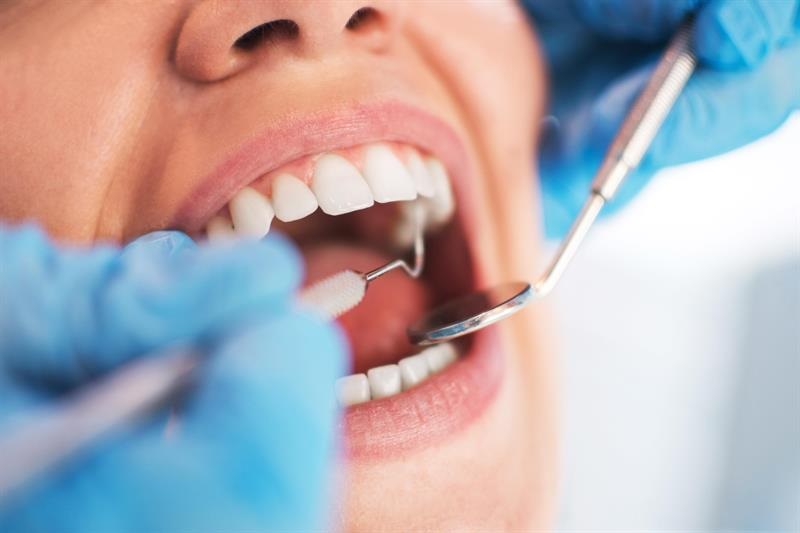
How Dental Offices Are Adapting to New Technologies and Trends
Dental offices are constantly evolving to keep up with new technologies and trends in the field of dentistry. From digital x-rays to 3D printing, these advancements are revolutionizing the way dentists care for their patients. This article will explore how dental offices are adapting to new technologies and trends, highlighting the benefits for both dentist and patients.
1. Digital Dentistry
One of the most significant trends in dentistry is the shift towards digital technology. Digital x-rays, intraoral cameras, and computer-aided design/computer-aided manufacturing (CAD/CAM) systems are now commonly used in dental offices. These technologies allow dentists to diagnose and treat dental problems more effectively, leading to better outcomes for patients.
2. 3D Printing
3D printing is another technology that is making waves in the dental industry. Dentists can now create dental crowns, bridges, and even dentures using 3D printers. This technology allows for faster production times and more precise fitting restorations, ultimately improving the patient experience.
3. Teledentistry
Teledentistry is a relatively new trend that is gaining popularity, especially in light of the COVID-19 pandemic. This technology allows dentists to consult with patients remotely, providing advice and treatment options without the need for an in-person visit. Teledentistry is particularly useful for patients in rural areas or those with limited mobility.
4. Laser Dentistry
Laser technology is also being used more frequently in dental offices. Lasers can be used for a variety of procedures, including gum reshaping, cavity removal, and teeth whitening. Laser dentistry is less invasive than traditional methods, leading to faster healing times and less discomfort for patients.
5. Patient Education and Engagement
Dental offices are also using technology to educate and engage patients in their oral health. Apps and online portals allow patients to access their dental records, schedule appointments, and receive reminders about preventive care. This technology helps patients take a more active role in their dental health.
6. Environmental Sustainability
Many dental offices are also embracing environmentally friendly practices. This includes using digital records instead of paper, using energy-efficient appliances, and reducing waste through recycling and proper disposal methods. These efforts not only benefit the environment but also contribute to a more sustainable dental practice.
7. Improved Patient Comfort
Advancements in technology and techniques have also led to improved patient comfort during dental procedures. From the use of sedation dentistry to minimize anxiety to the use of ergonomic dental chairs, dental office are focused on making the dental experience as comfortable as possible for patients.
Conclusion
Dental offices are constantly evolving to incorporate new technologies and trends in the field of dentistry. From digital dentistry to 3D printing, these advancements are improving the way dentists diagnose and treat dental problems. Teledentistry is providing patients with more convenient access to care, while laser dentistry is making procedures less invasive and more comfortable. Patient education and engagement are also improving, thanks to technology. Overall, these advancements are leading to better outcomes for patients and a more efficient and sustainable dental practice.


